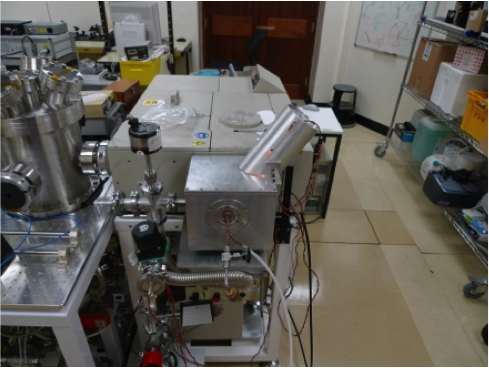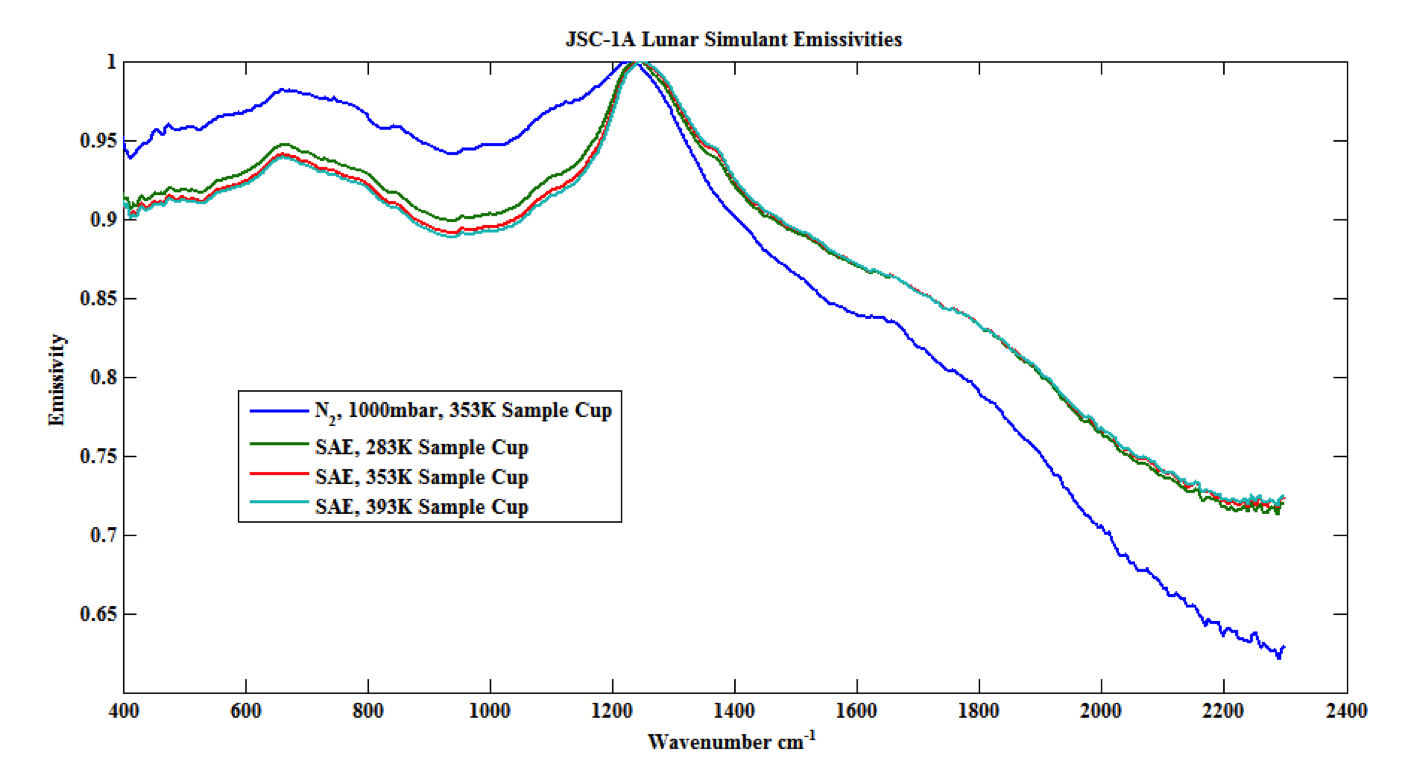Overview
This group seeks to better understand the surface's of (typically airless) bodies in our solar system. This is achieved by analysing in situ and remote sensing observations, and through the production of supporting laboratory data.
Mission Involvement
The Planetary Surface research group is involved with a large number of ESA and NASA missions, including:
- Modular Infrared Molecules and Ices Sensor (MIRMIS) instrument development on ESA's Comet Interceptor
- Lunar Thermal Mapper (LTM) on NASA's Lunar Trailblazer
- Sample handling for the asteroid sample being returned by NASA's OSIRIS-REx mission
- InSight's Short Period Seismometer (SEIS-SP)
- Lunar Reconnaissance Orbiter’s Diviner radiometer (DLRE)
- Cassini Saturn mission’s Composite Infrared Spectrometer (CIRS)
- Mars Reconnaissance Orbiter’s Mars Climate Sounder radiometer (MCS)
- Galileo Jupiter mission’s Near Infrared Mapping Spectrometer (NIMS)
Oxford Planetary Spectroscopy Facility (OPSF)
The Oxford Planetary Spectroscopy Facility operates a suite of spectrometers, goniometers and environment simulation chambers to support data analysis and modelling of remote sensing (usually surface) measurements.

The Oxford Planetary Spectroscopy Facility (OPSF) is part of the Department of Physics, University of Oxford and provides a comprehensive suite of laboratory measurements to support the analysis of data from remote sensing instruments. As part of the Planetary Experiments Group, we also provide support for the development and testing of new types of remote sensing and in-situ instrumentation for both planetary exploration and terrestrial applications.
The OPSF has a number of unique capabilities to support remote sensing of airless bodies in the Solar system such as the Moon and asteroids. In particular we operate a range of space environment simulation chambers that can be attached to our spectrometers, allowing the surface and near surface thermal conditions on the Moon or an asteroid to be simulated. The local thermal environment on these objects can alter the spectra observed by remote sensing instruments, leading to inaccuracies in their interpretation.
The core of the facility are our extensive range of spectrometers, providing wide spectral (0.6 to 300 µm) coverage at moderate resolutions of up to 0.25 cm-1. The OPSF has three Fourier Transform Spectrometers with a complete range of beam splitters covering the visible to the far infrared, a triple grating monochromator with gratings that allow measurements from the visible to the mid-infrared and a unique space environment goniometer.

Contact Neil Bowles (n.bowles1@physics.ox.ac.uk) for more information.
